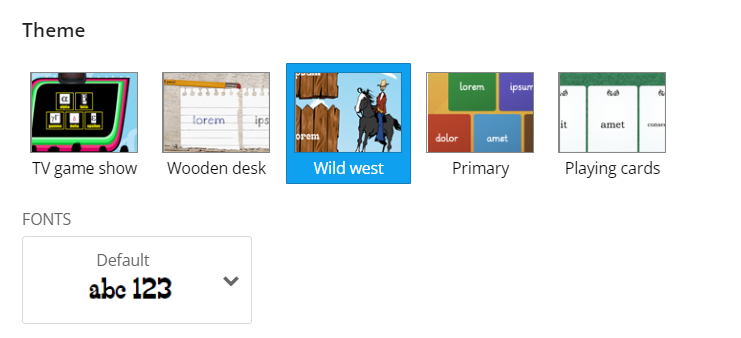Have you ever been anxious about finding the appropriate listening materials and exercises? 😐
Have you ever been left wondering how to
respond when your students are hungry for more resources for autonomous learning? 😳
Especially in China, where students spend more time on English reading training while listening is often a weakness.🙉
Today I'm introducing a treasure trove of
listening resources: the English Listening Lessons Online Library (ELLLO).
ELLLO
It is a website that provides both autonomous learnings for students and enrichment for teachers' lesson planning. The content is organised into three sections.
🌲 Natural Listening Lessons
The content in this section is related to
real-life content or recorded by real people. It is further divided into three
themes, each with a wide range of topics.
- Views
The listening content in this section is
based on natural English conversations.
- One Minute English
This section features videos by English
speakers on topics relevant to their lives.
- Mixer
This section features the responses of six
different English speakers to the same question, reflecting cultural
differences.
🌲 Grammar Based Lessons
This section features an added grammar
module that explains in detail the grammar used in conversation. It is divided
into two themes.
- SoundGrammar
This section features animated videos
containing dialogues in four different scenes under each grammar topic.
- Grammar Talks
These are longer conversations that also
involve essential grammar points.
🌲 Academic English
- News Centre
This section also features animated videos,
with news and stories to help students practise listening and expressing
themselves in different areas and topics.
- Idioms
This theme introduces idioms on different topics. Most of the videos are also animated.
- STEP
This part is based on standardised exam practice.
Strengths
- It seems that all the materials and courses are free. I haven't found any paid content yet.
- The navigation bar is divided into audio, video, levels, and search, which can meet different needs. Clicking on levels gives you a detailed level ranking of the material, so students can choose the right listening material for their level. The search function also provides a filter for specific subject requirements. Real-life or animated videos also cater to the different learning preferences of students.
- The homepage has a variety of guides on different topics. Students can choose topics they are interested in. Most of the content is based on real life. Authentic material will allow students to be better immersed in their learning. The materials also cover a lot of international content. Students can experience cultural differences, which might stimulate their curiosity and desire to explore.
- All listening resources are captioned and transcripted, with supporting quizzes and worksheets. A vocabulary or grammar board is also available, which lists key vocabulary and grammar points in the listening text.
- Students will develop their listening, reading, and speaking skills as well as their vocabulary and grammar levels. The variety of text content also allows students to improve their knowledge.
Limitations
- In terms of resource categorisation, the content of the Academic English theme seems a little different from what I expected, especially the idioms section, which doesn't seem to have a strong relation to academic English.
- There are numerous resources on different topics at different levels. Students might be unsure of how to choose materials or determine the right level of difficulty for them.
- Although this is a great opportunity for students to develop autonomy, it can also be a test of self-discipline and willpower. Due to the lack of supervision, interaction, and feedback, it is likely that students will be enthusiastic at first due to the novelty, but in the long run, they may slack off. Therefore, teacher guidance and supervision may still be required.



























